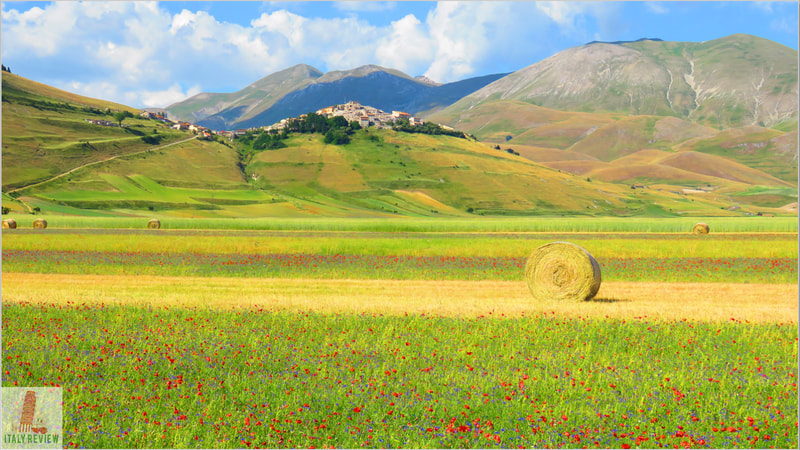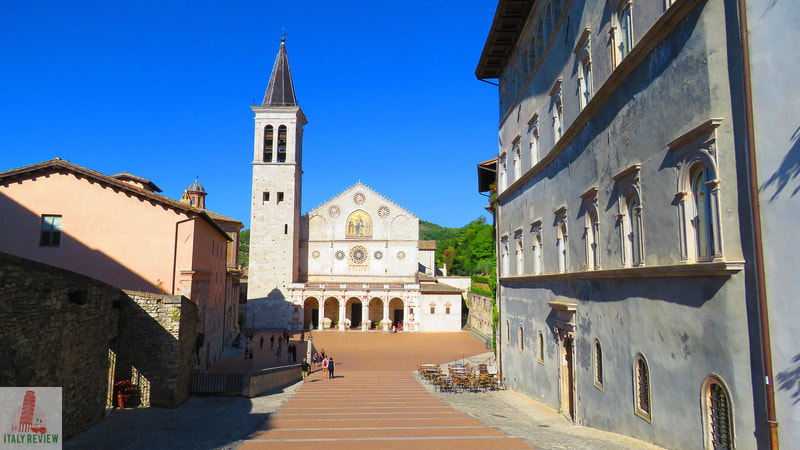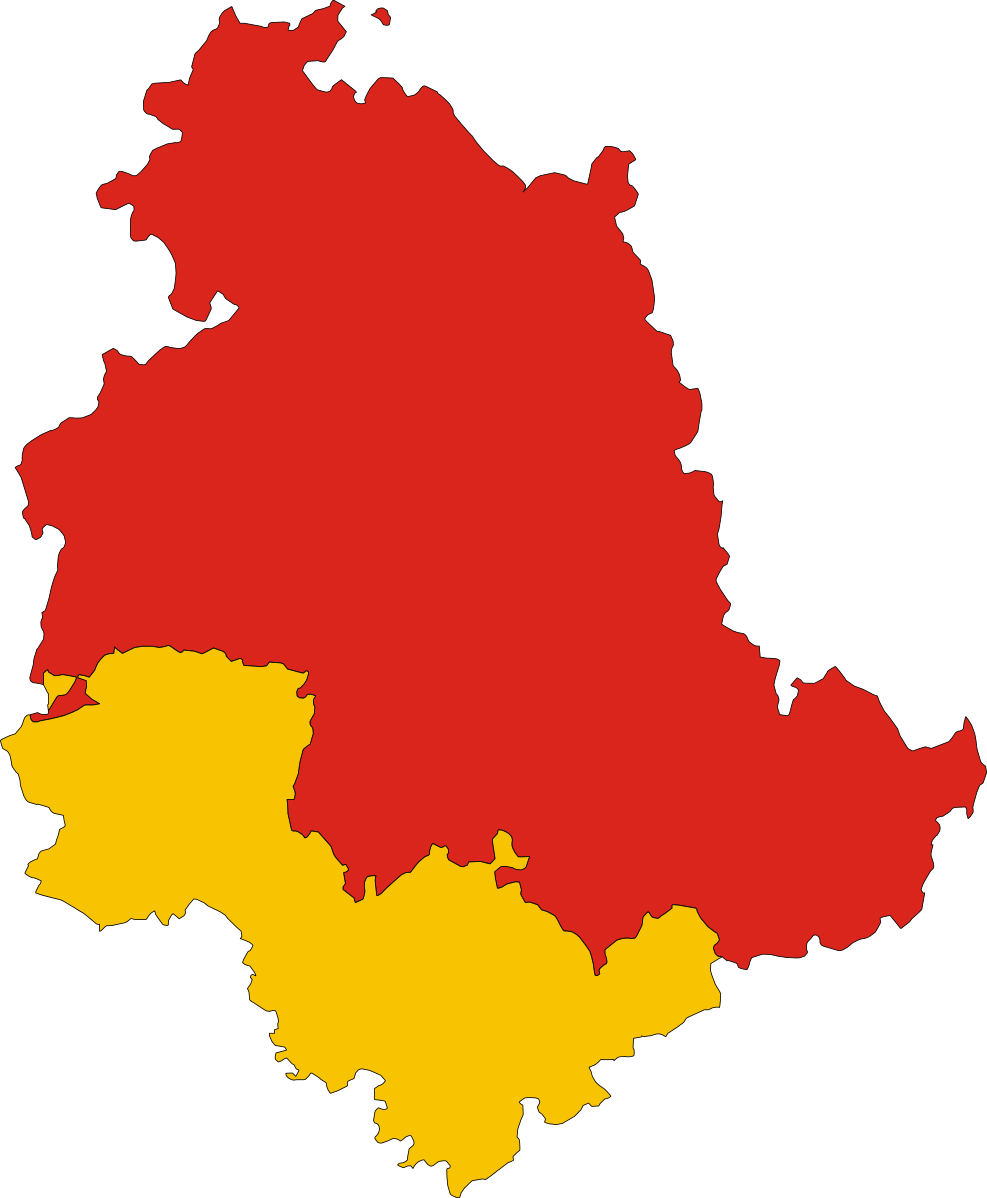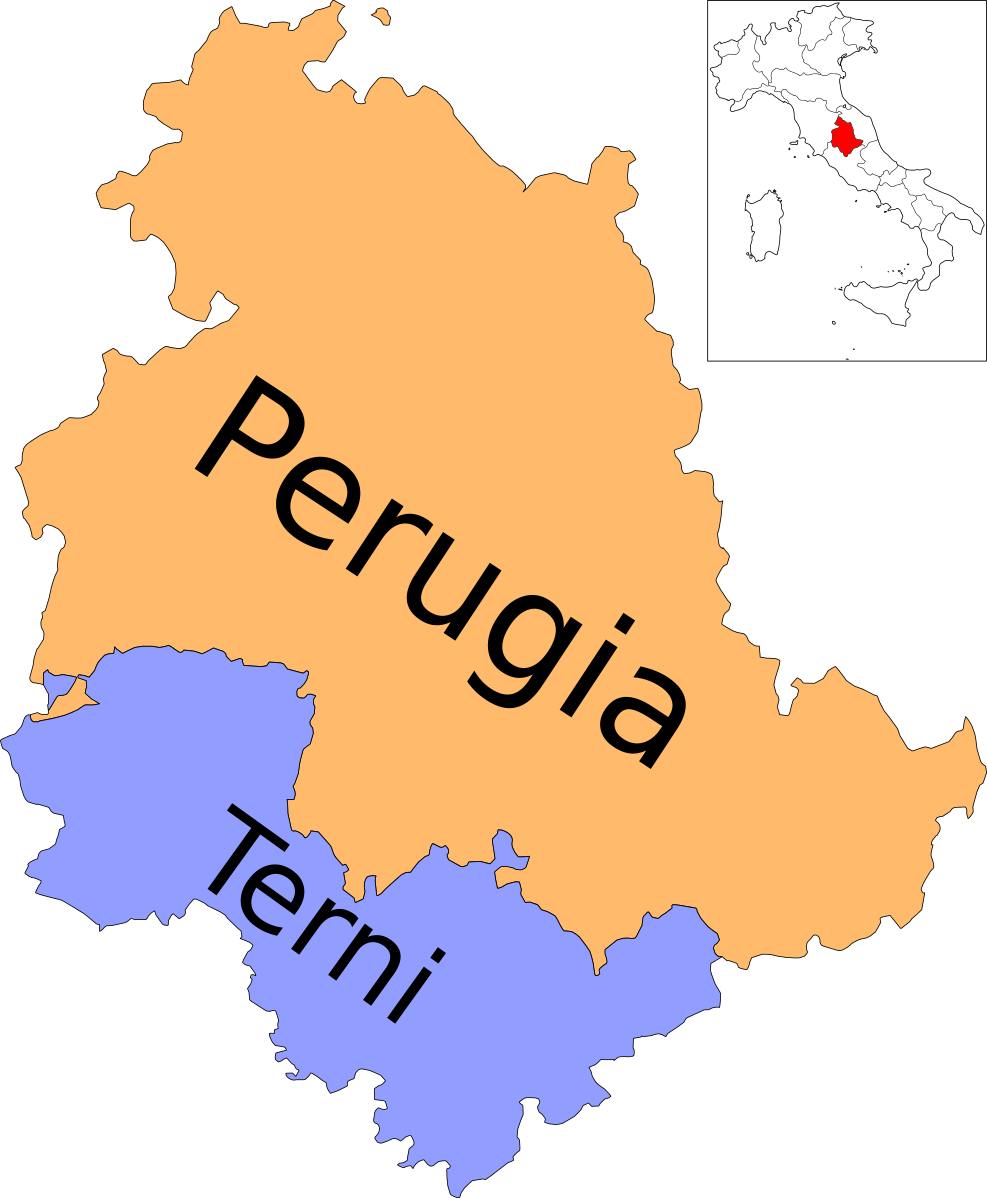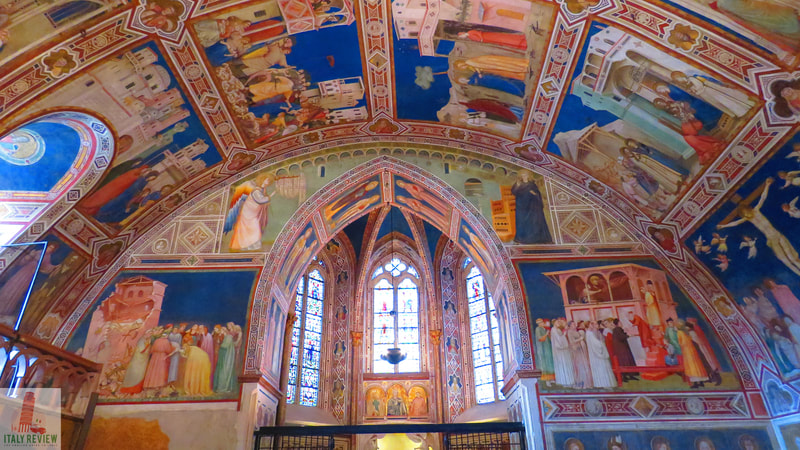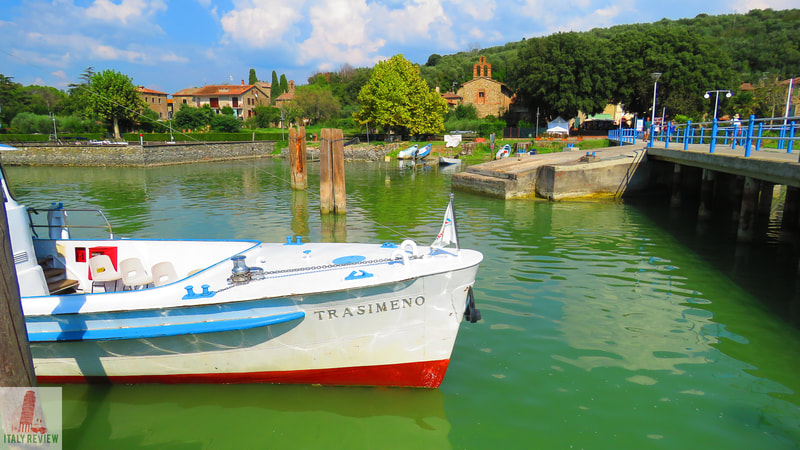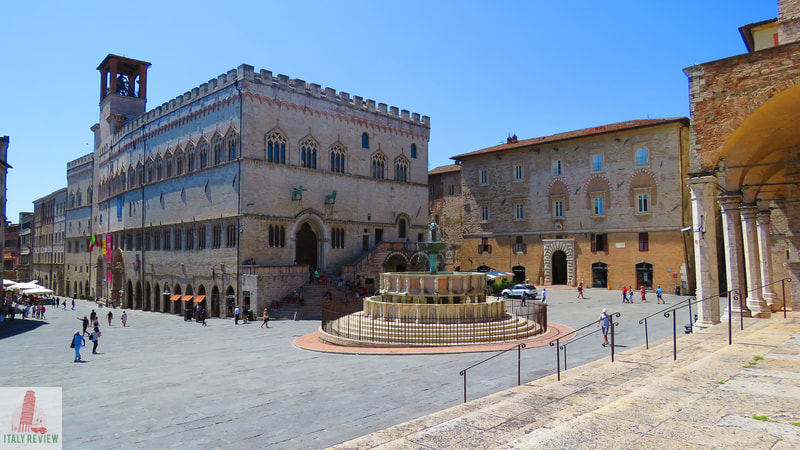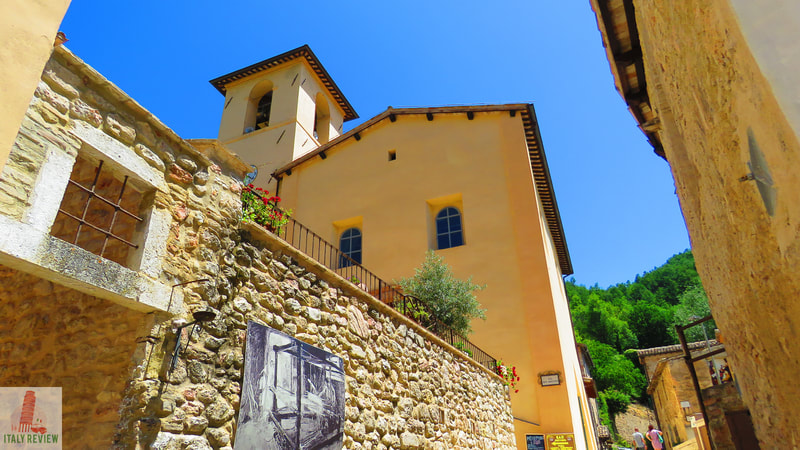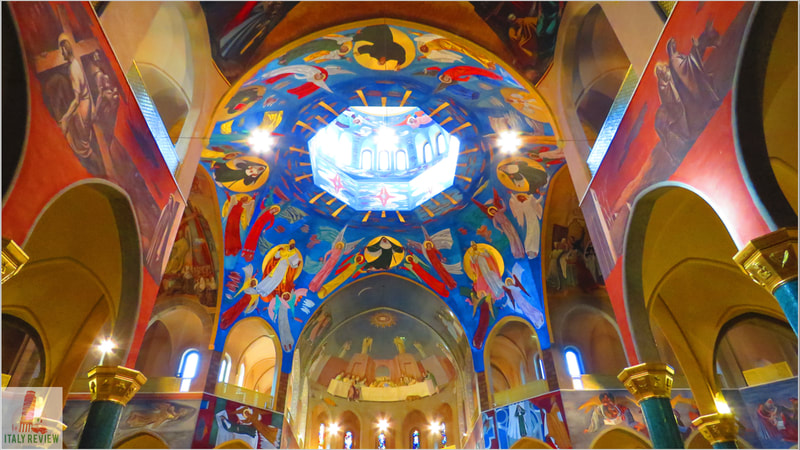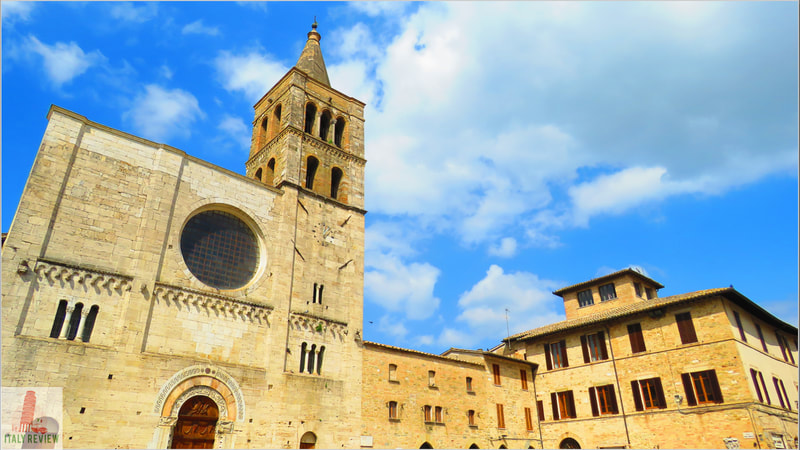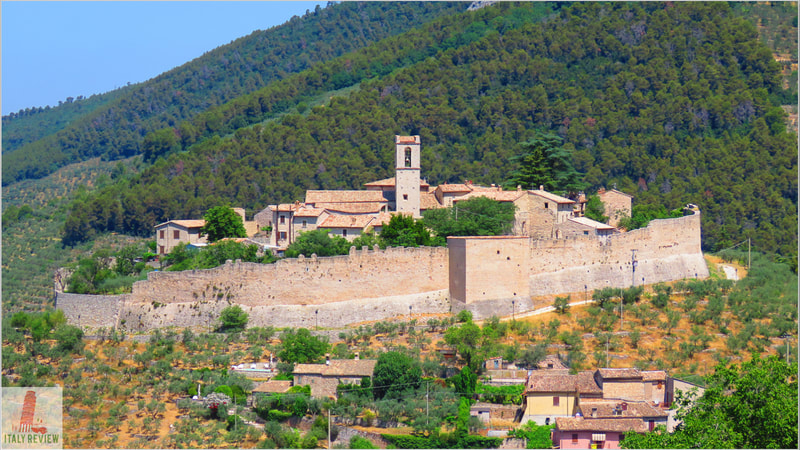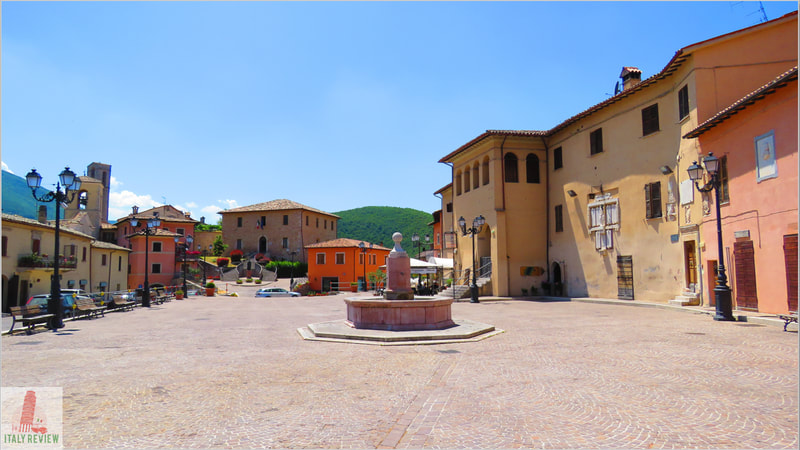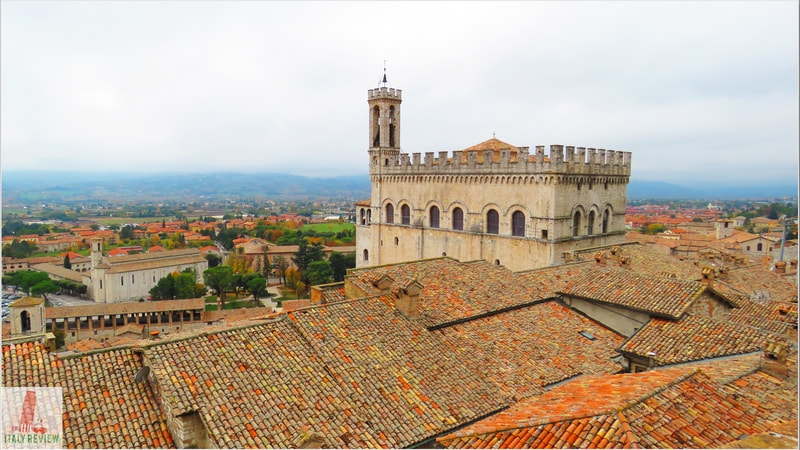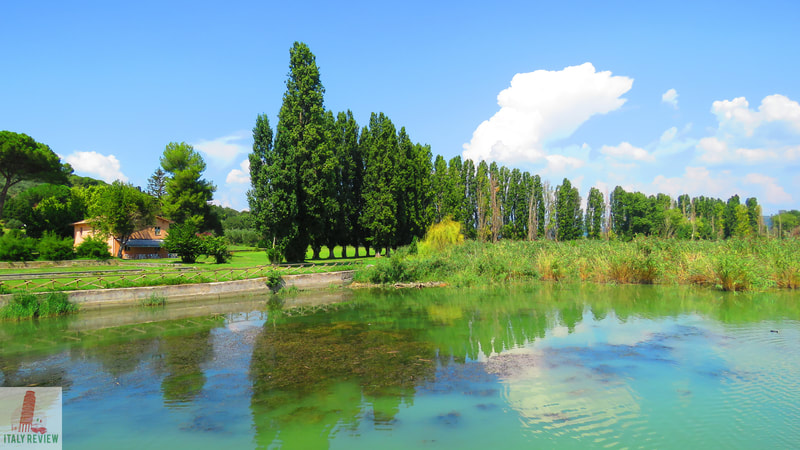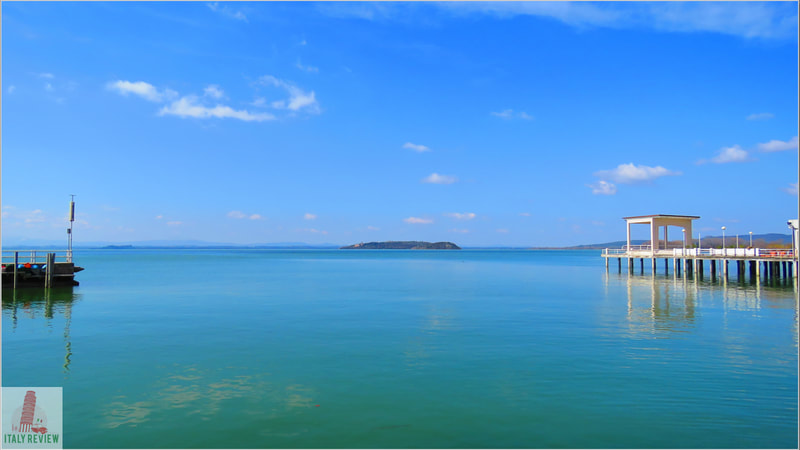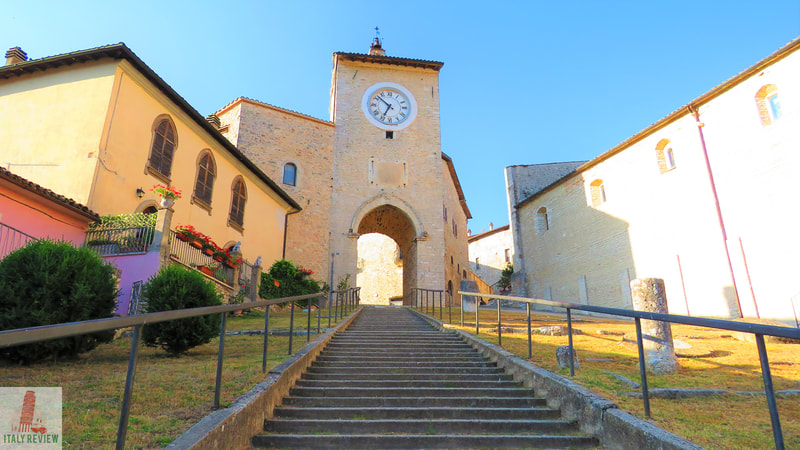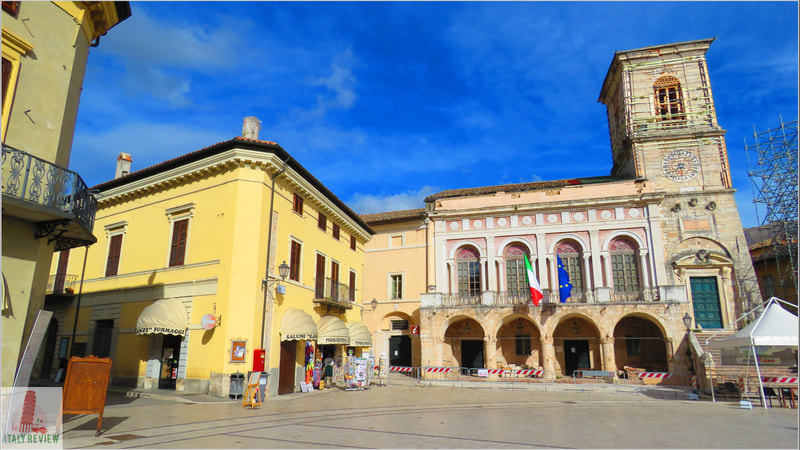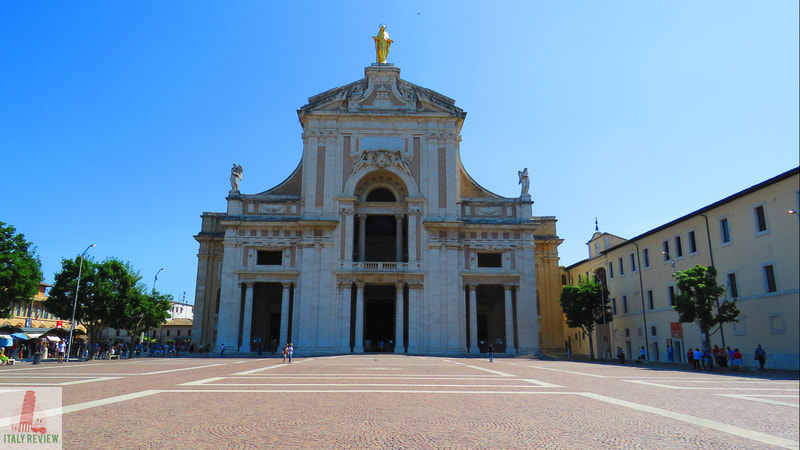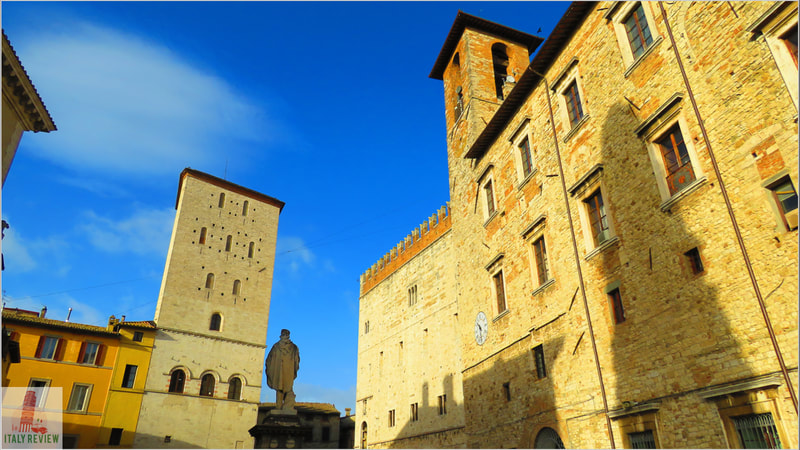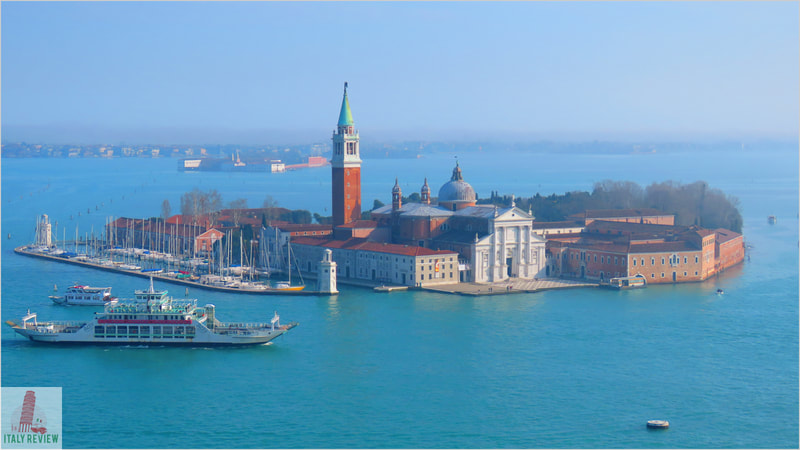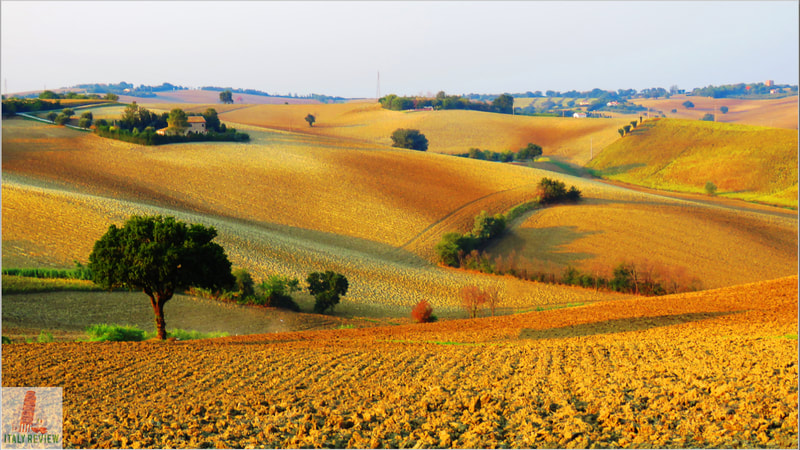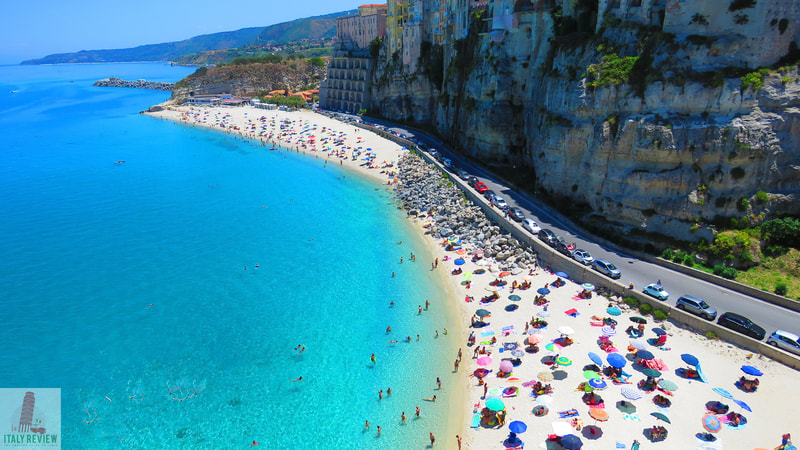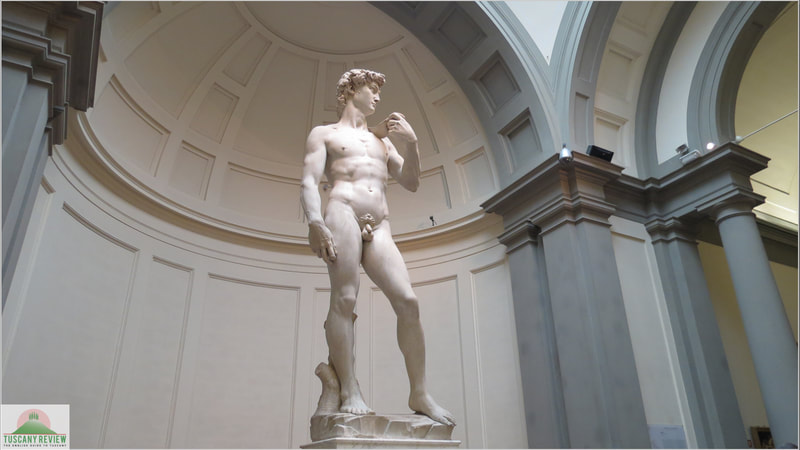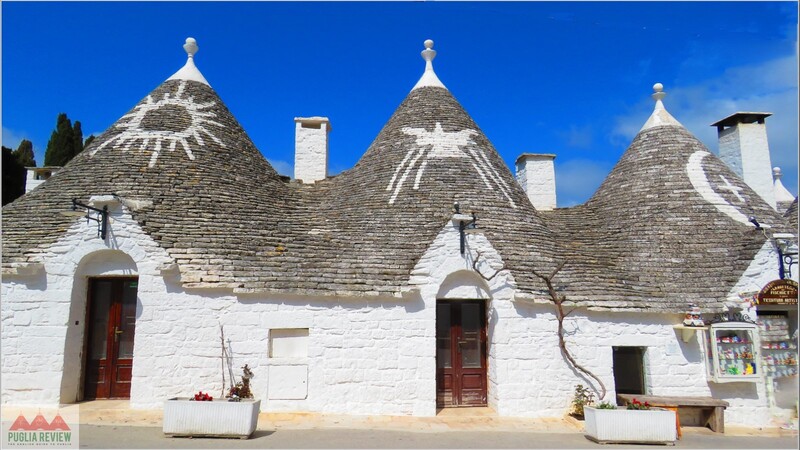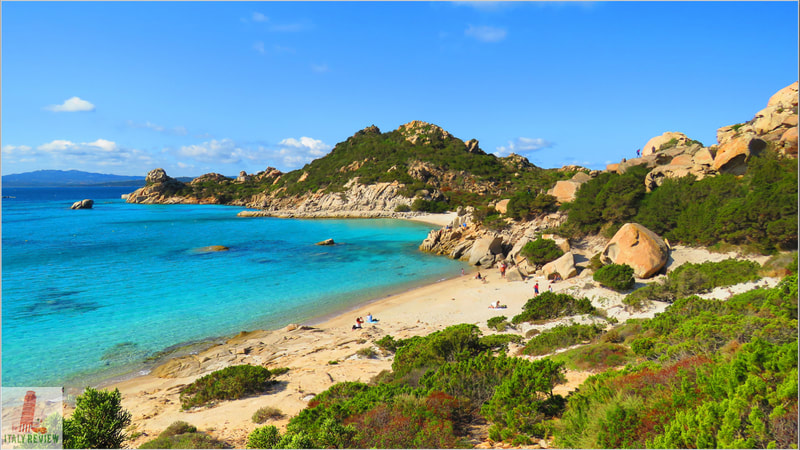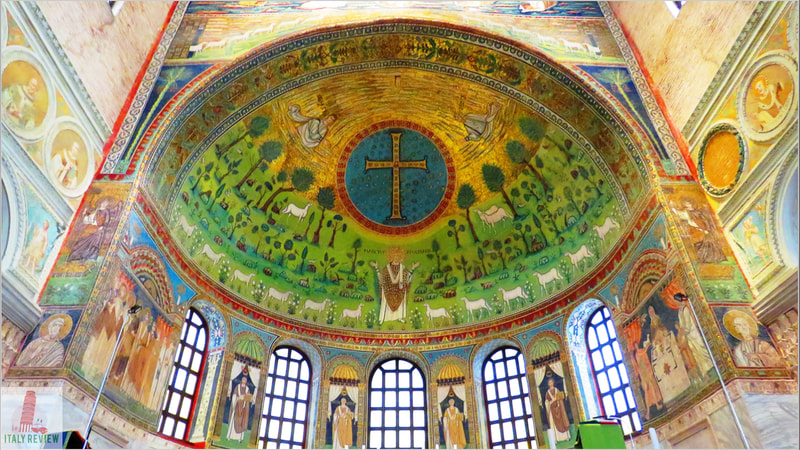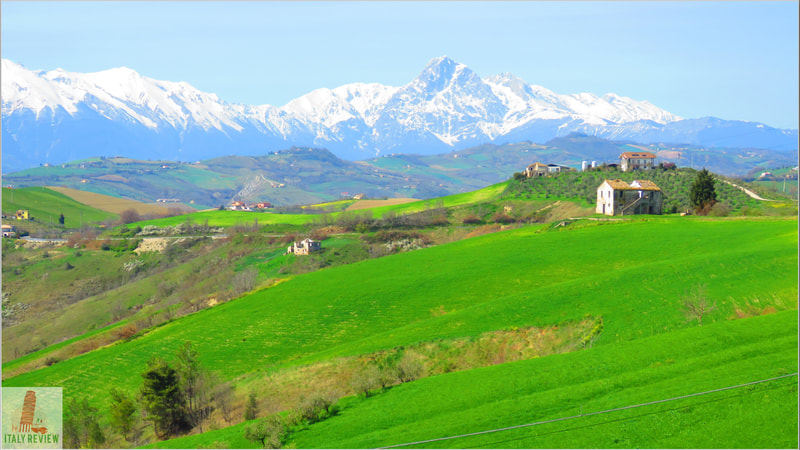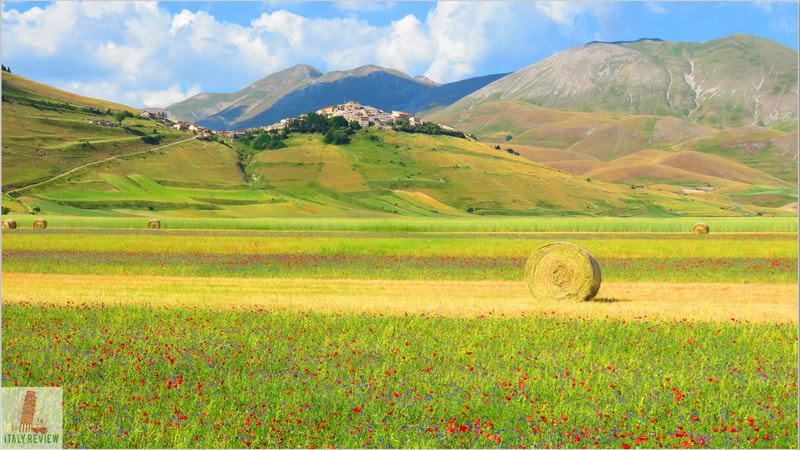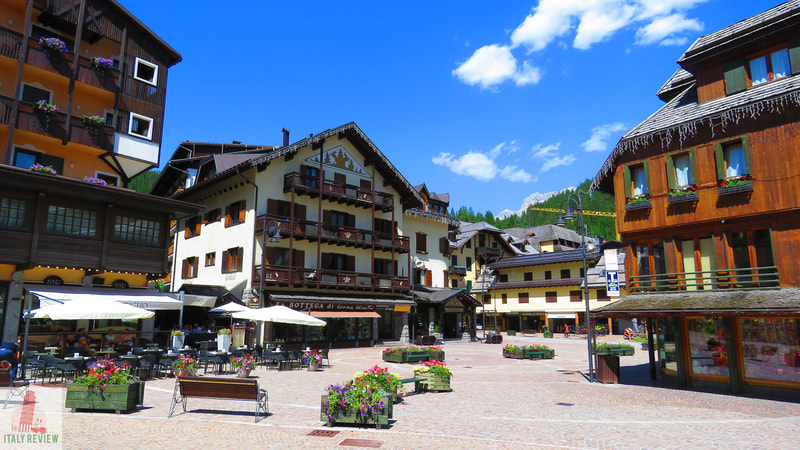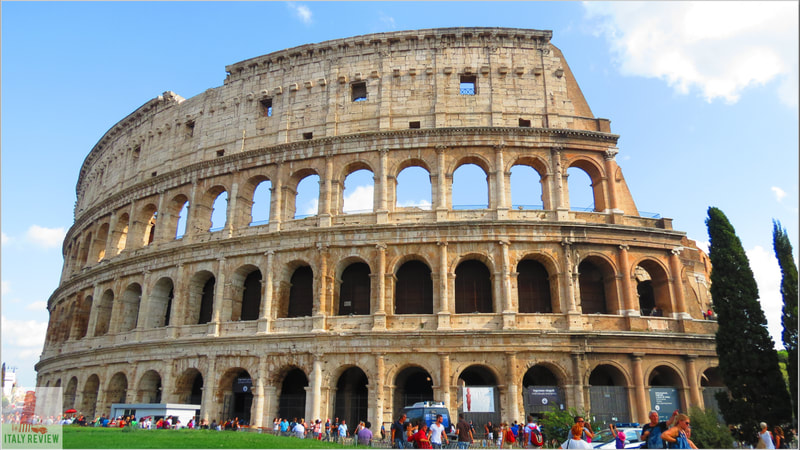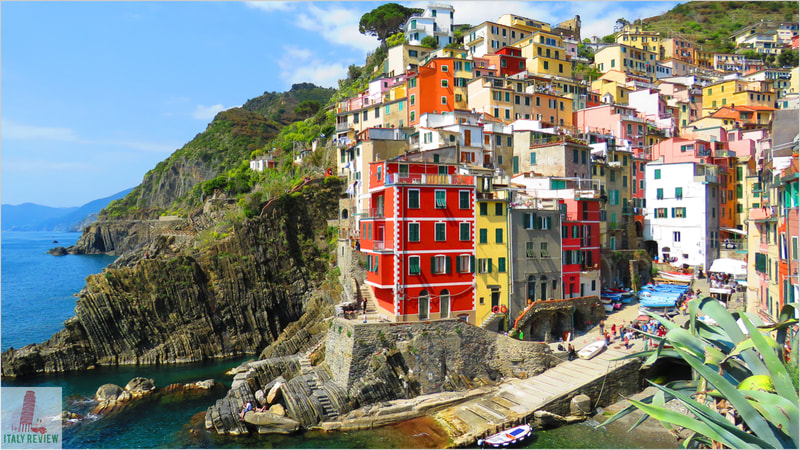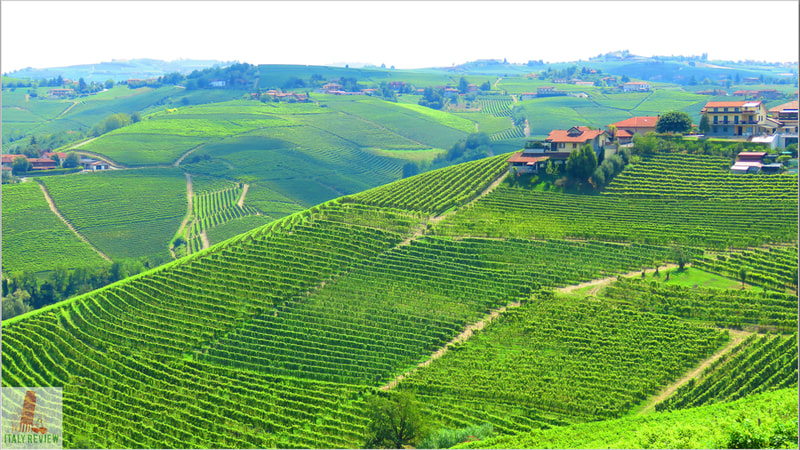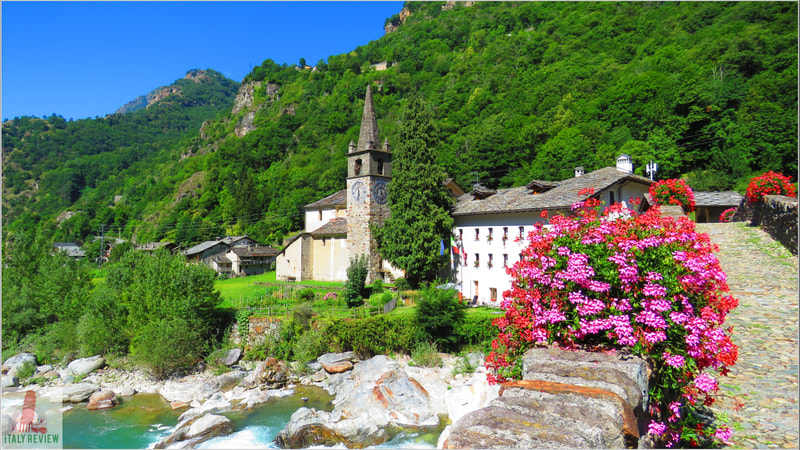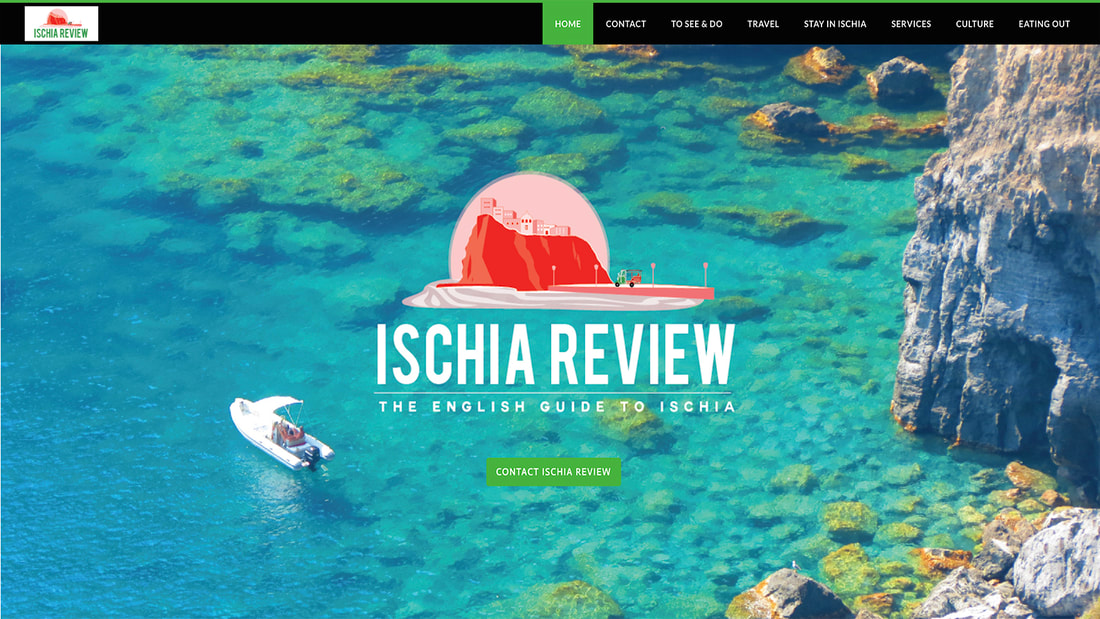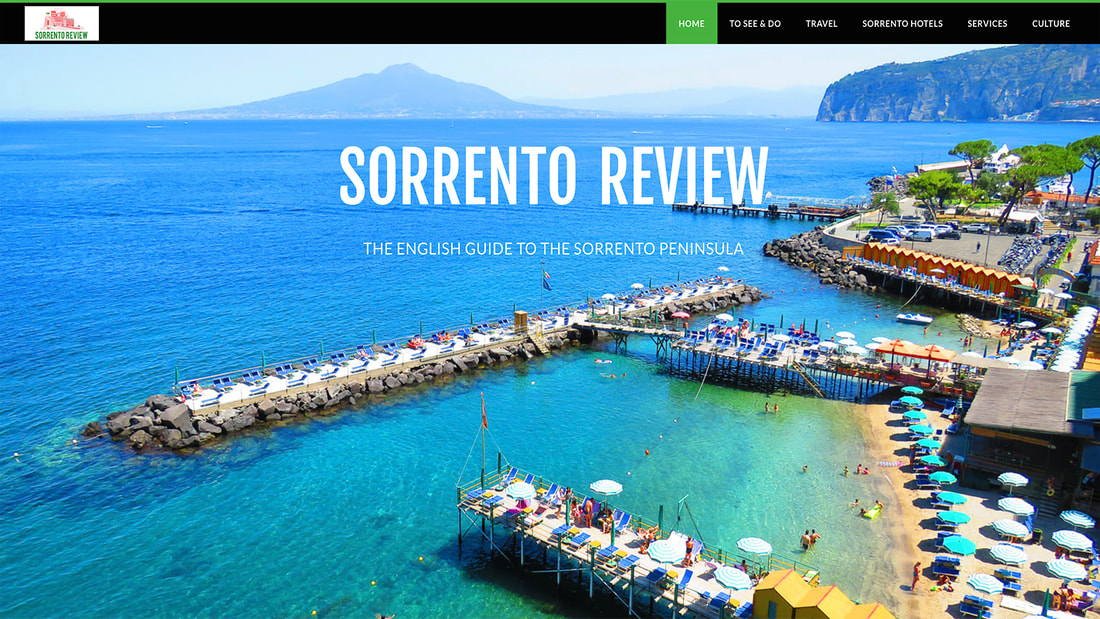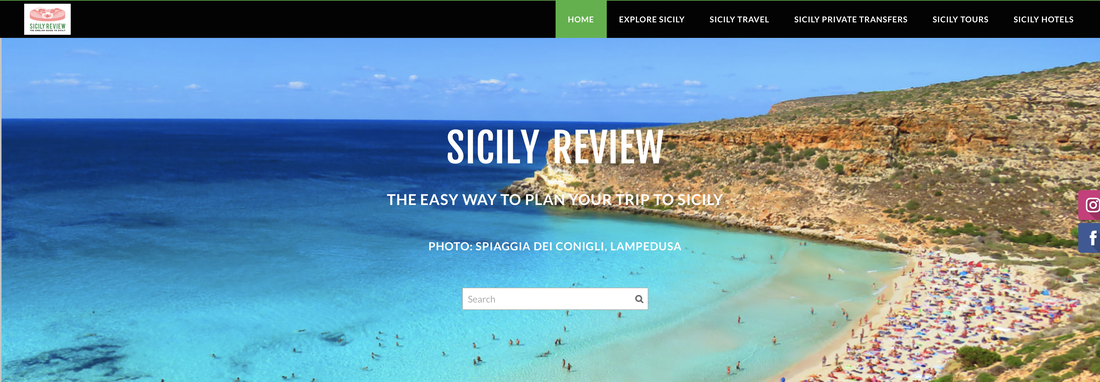Perugia Province
|
By Dion Protani
|
Latest update: 25 November 2023
|
|
The Perugia Province occupies a total geographical area of 6,334 square kilometres, including the city of Perugia, the provincial capital and regional capital of Umbria.
Within the province there are 59 provincial towns, known as communes (comune singular or comuni plural in Italian), containing a total population of around 656 thousand inhabitants. |
Among the highlights in the province are Lake Trasimeno and the hill towns of Assisi, Spoleto, Gubbio, Trevi and Todi.
Related links
Profile
Perugia Province is a picturesque region located in central Italy, in the heart of the Umbria region. Rich in history, culture, and natural beauty, the province of Perugia is a popular destination for both Italian and international tourists.
History
Perugia Province has a fascinating history that dates back to ancient times. The area was originally inhabited by the Umbri, an ancient Italic tribe, before being conquered by the Etruscans. Later, it became a Roman colony and flourished during the Roman Empire.
In the Middle Ages, Perugia became a powerful city-state and played a significant role in the region's political and cultural landscape. It was also an important center for art and learning during the Renaissance.
Today, the province showcases its rich historical heritage through its well-preserved medieval towns, ancient ruins, and remarkable art collections.
In the Middle Ages, Perugia became a powerful city-state and played a significant role in the region's political and cultural landscape. It was also an important center for art and learning during the Renaissance.
Today, the province showcases its rich historical heritage through its well-preserved medieval towns, ancient ruins, and remarkable art collections.
Highlights
- Perugia: The provincial capital, Perugia, is a charming city known for its historic center, which is enclosed within well-preserved Etruscan walls. Visitors can explore the medieval streets, visit the renowned National Gallery of Umbria, and indulge in the famous Perugina chocolate.
- Assisi: The birthplace of St. Francis, Assisi is a UNESCO World Heritage site and a major pilgrimage destination. Its stunning Basilica of San Francesco is adorned with frescoes by Giotto and Cimabue.
- Gubbio: This medieval town boasts well-preserved architecture and a unique atmosphere. Its ancient Roman theater and Palazzo dei Consoli are notable attractions.
- Orvieto: Perched atop a volcanic rock, Orvieto is known for its magnificent Duomo, a masterpiece of Gothic architecture, and its underground tunnels and caves.
- Spello: A charming medieval town, Spello is famous for its floral displays during the Infiorata, a flower festival held in June.
- Lake Trasimeno: Italy's fourth-largest lake, Lake Trasimeno offers opportunities for boating, water sports, and relaxing by the water.
- Wine and Cuisine: The province of Perugia is renowned for its excellent wines, such as Sagrantino and Orvieto Classico. Food lovers will enjoy the region's traditional dishes, including pasta, truffles, and porchetta.
- Festivals and Events: Perugia Province hosts numerous festivals and events throughout the year, celebrating everything from jazz music to medieval traditions.
- Nature and Outdoor Activities: The region's rolling hills and lush landscapes are perfect for hiking, cycling, and exploring the beautiful countryside.
- Arts and Crafts: Perugia Province is known for its arts and crafts, including ceramics, textiles, and woodworking. Visitors can find unique souvenirs and handmade products in local shops and markets.
Provincia di Perugia

